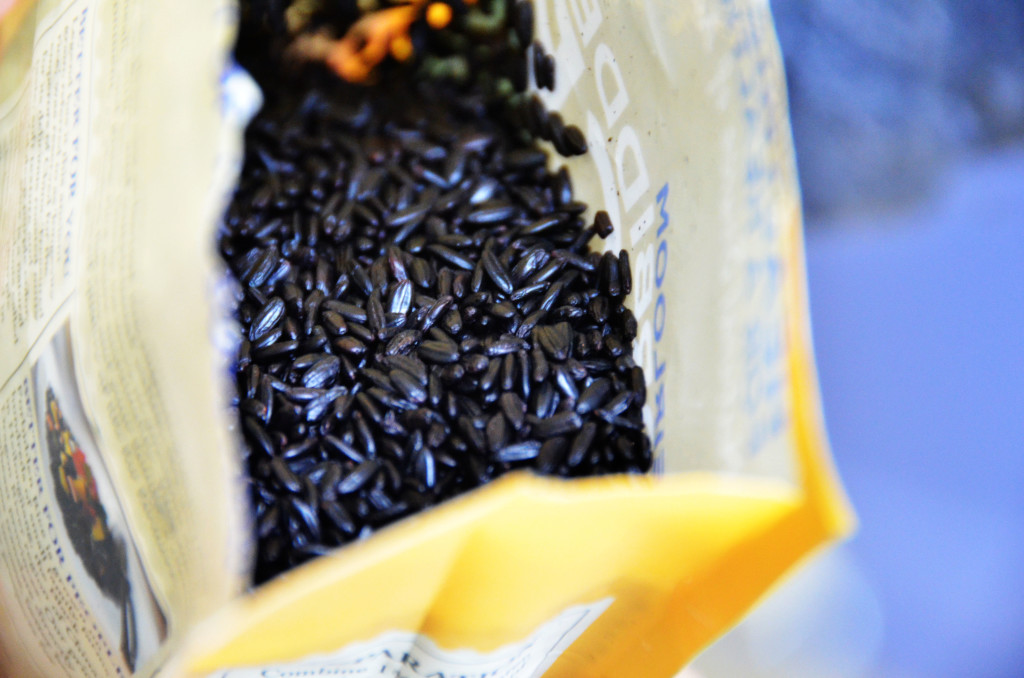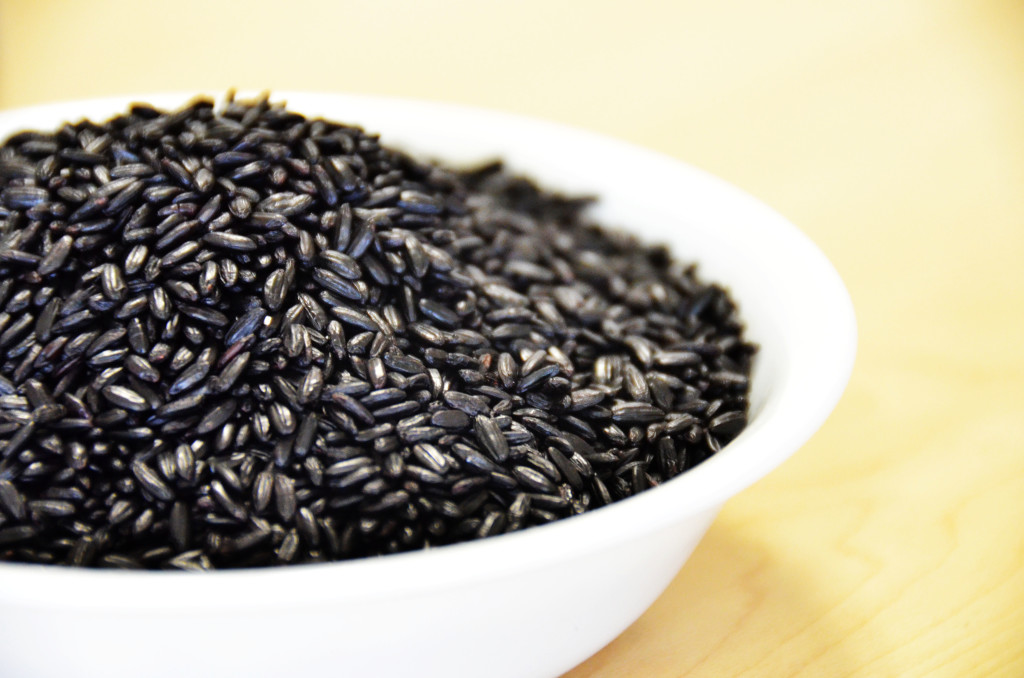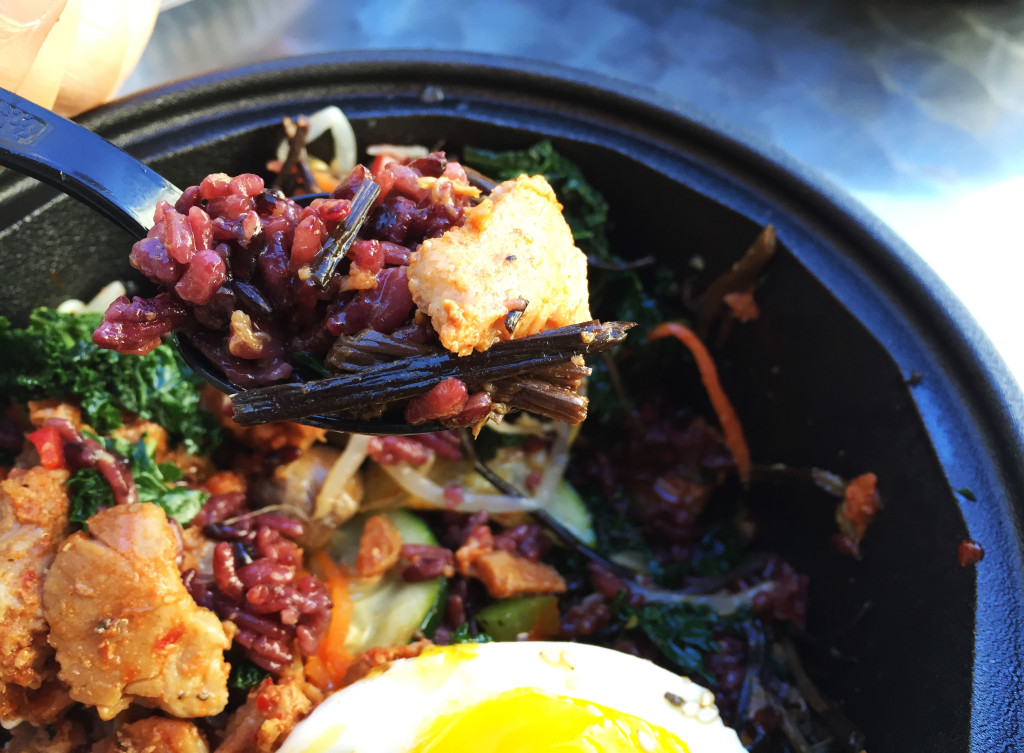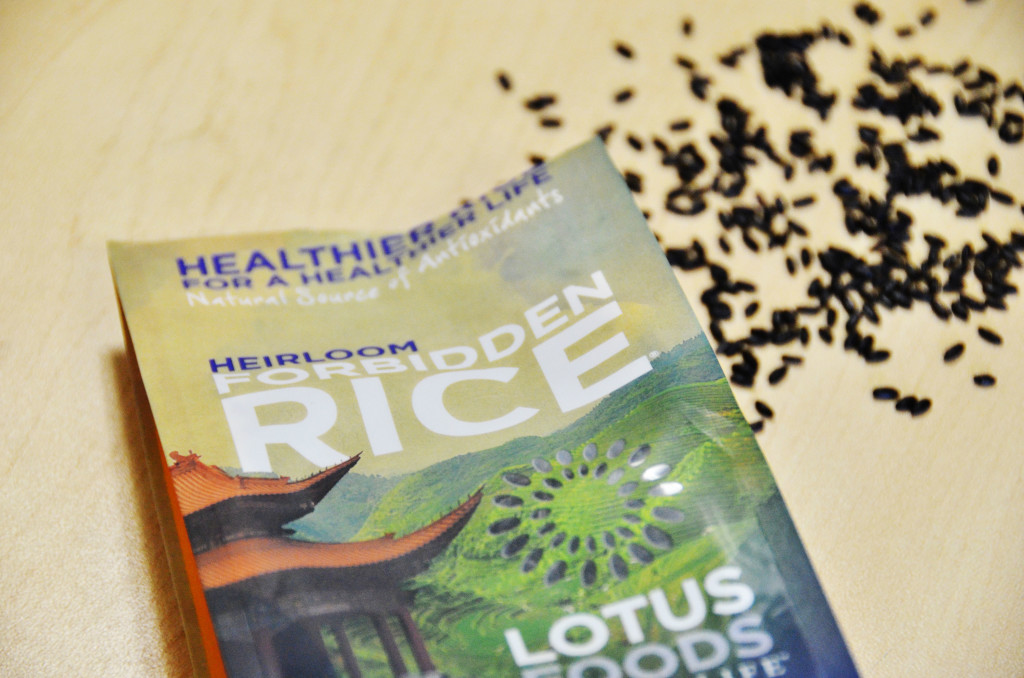Rice is the staple food for almost half the global population, feeding more than 3.5 million people daily. Over the past few years, we have seen a growing popularity for brown rice as a healthier alternative to the traditional white varieties.
Unlike white rice, brown rice contains the side hulls and bran, which lend a higher vitamin and fiber content as well as a distinctive chewiness to the bite. But did you know there’s an even nuttier, chewier variety than brown rice? Enter black rice, a type of sticky rice with a stark, purple color produced by heirloom plants in China, Thailand, and Indonesia.
In ancient China, black rice was nicknamed the “forbidden rice,” because it was thought to be so tasty, nutritious, and rare that only the emperors were allowed to eat it. Commoners caught eating the grain were sentenced to life-threatening consequences. Black rice was a symbol for longevity and good health, and it turns out that the ancient Chinese might have been onto something.
Here’s what you should know about the grain and a few reasons why you should make it part of your diet:
Black rice contains antioxidants.

Photo by Wendy Zhou
Like brown rice, black rice’s flavor and texture comes from the bran, which is the outer layer of the grain. However, only black rice contains antioxidants called anthocyanins, which are what gives it the dark coloring. Anthocyanins are also found in fruits such as blueberries, grapes, and acai.
Antioxidants have tremendous health benefits.

Photo by Wendy Zhou
According to Dr Zhimin Xu at Louisiana State University, “Just a spoonful of black rice bran contains more health promoting anthocyanin antioxidants than are found in a spoonful of blueberries, but with less sugar and more fiber and vitamin E antioxidants.” The nutrients in black rice help protect against heart disease, cancer, and inflammation, and the fiber suppresses one’s appetite over a longer period of time.
It’s tasty.

Photo by Wendy Zhou
Black rice has an intense, rich flavor that complements well with spicy vegetables and Asian stir-fries. It’s being used increasingly by chefs, whether that involves incorporating it into sushi or providing it as an option in bibimbap. Because of its dense texture, it would also be excellent in paella, salads, and risotto, as well as desserts like rice pudding.
It’s easy to find and easy to cook.

Photo by Wendy Zhou
Black rice can be found in most Asian groceries or health stores such as Whole Foods. It can be easily substituted in place of plain or brown rice in recipes. Although the rice is black when uncooked, it will turn a striking purple-burgundy after cooking. Like brown rice, it takes slightly longer to cook than the traditional white variety, although soaking the rice beforehand helps lower the cooking time.


